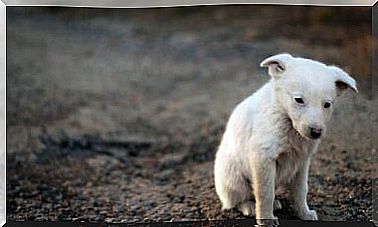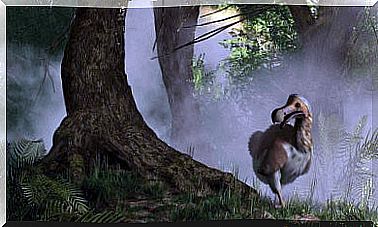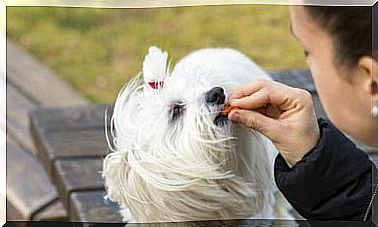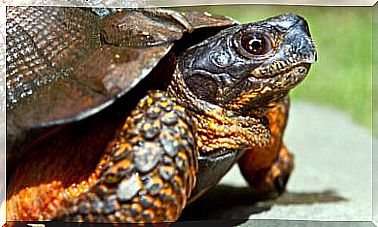Vinchuca, The Carrier Of Chagas Disease

Chagas disease is prevalent in rural South America, and almost all of the blame for its spread is due to a small insect: vinchuca.
This little predatory bug has different names, in each region it has its own name, but it is known almost everywhere as Vinchuca. Most of the time she stings her human victims in the face or neck.
While it is performing its prick, it usually leaves its infected excrement on the surface of the skin, which can get into the human organism through scratching. Even if you just rub your eyes or have a small wound, that’s enough to get infected.
How does the vinchuca transmit Chagas disease?
The culprit for all this suffering is a parasitic microorganism found in the vinchuca’s feces. It is called Trypanosoma Cruzi. Since the insect lays feces in the same zone when it stings, the parasite quickly gets into the bloodstream.
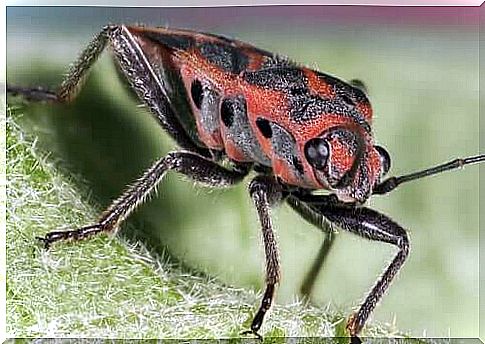
F or a passing effective piercing the vinchuca bug takes about 20 minutes. During the day, while people are moving, this is almost impossible. But that’s why the little pests sting in the quiet at night to carry out their attack while people are sleeping.
Since this insect stings the face most often, the transmission is all the more effective. People scratch the affected area, which makes it easier for the feces to get into the wound. But it is enough if you touch your eyes or nose with your hands.
Birds are one of the species most affected by the Vinchuca sting. This is their main means of transport to get to the cities. Pigeons in particular are the species that suffer most from this parasite. There is hardly a city that does not see thousands of these birds roaming its streets.
Symptoms of Chagas Disease
This disease is easy to treat and cure. The initial symptoms are fever, vomiting, physical discomfort, diarrhea, rash, swollen eyelids, or pain in various parts of the body such as the neck or head.
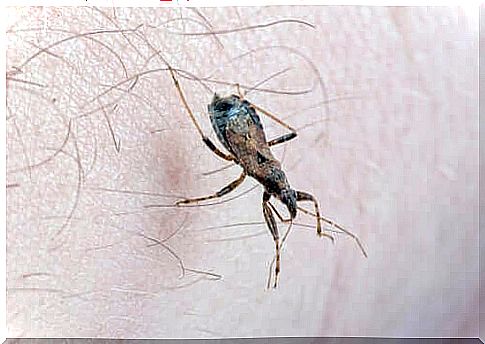
If you treat them in time, then it will stop there. However, if one does not seek treatment at times, the situation can get much worse. It can even lead to cardiac arrhythmias that can trigger sudden death, the likelihood of cerebral haemorrhage, problems caused by an enlarged heart or digestive disorders with severe constipation.
If you experience these typical symptoms, it is necessary to do a blood analysis to diagnose the disease. If this turns out to be positive, further examinations and analyzes are pending to determine whether various organs have been damaged.
How can you avoid infection from Vinchuca?
At the moment there is no drug or vaccination that is capable of stopping the development of Chagas disease in our organism. If you travel to Latin America, you should avoid sleeping in places that are too close to nature or have thatched roofs.
It is best to use insect repellants, especially at bedtime, because these are the hours when the insect stings. If you notice a sting on your face and are concerned that it comes from a vinchuca, it is best to see your doctor right away.
Other contagion risks, apart from the Vinchuca
In addition to being infected by the bite of the insect, the disease can also be transmitted from mother to child during pregnancy , through blood transfusions infected with the microorganism, or by oral route. The most common and dangerous way of infection, however, is the dreaded Vinchuca.

